
No GPS in the head? Path integration by entorhinal grid cells without the grid pattern. Interesting paper from Heidelberg. www.nature.com/articles/s41...
30.10.2025 16:03 — 👍 5 🔁 2 💬 0 📌 0@desdemonafricker.bsky.social
Neuroscientist and Research Director @CNRS. «Orientation&Coordination» team. Head direction, interneurons, memory. Saints-Pères, Paris 👩🔬🧠

No GPS in the head? Path integration by entorhinal grid cells without the grid pattern. Interesting paper from Heidelberg. www.nature.com/articles/s41...
30.10.2025 16:03 — 👍 5 🔁 2 💬 0 📌 0
Neuroscience projects last several years, and you are usually a bit jaded by the time you wrap it up. Not this one– spending several months on an island in the middle of nowhere, away from all the craziness of the world reminds you how beautiful the world really is.
www.youtube.com/watch?v=46sv...

Really excited to share this Opinion piece we've been working on with fellow head-direction cell geeks @apeyrache.bsky.social @desdemonafricker.bsky.social and (bsky-less?) Andrea Burgalossi! While head-direction cells pop up in many cortical regions, we think that one of them is quite unique (1/8)
15.10.2025 20:10 — 👍 40 🔁 16 💬 2 📌 1🚨new paper: the head-direction circuit as a model of primary thalamocortical system. Check this out 👇
kudos to @adrian-du.bsky.social for the huge amount of work put into this opinion piece, starting with the beautiful figures comparing the different thalamocortical systems 🤩
Thanks to the Capitainerie de l’Isle and to Nathalie for hosting our exhibit ✨
28.09.2025 22:08 — 👍 5 🔁 2 💬 0 📌 0Travel awards are available for undergraduate students looking to attend #Cosyne25! The application is short, and the deadline is Nov 12. @cosynemeeting.bsky.social
Application: shorturl.at/6NEyk
More info: www.cosyne.org/travel-grants
(1/2)

Dear #ParisNeuroscience community, here is the schedule of the upcoming 'Neural Networking Night' season !
03.09.2025 08:46 — 👍 6 🔁 7 💬 0 📌 12/6
Recording in decision-making regions from many neurons at once revealed the neurons' collective evolution as decisions were made
Each decision had two phases: first, neural state was sensitive to sensory inputs; then, trajectories in neural state space turned and became insensitive to inputs.
Thanks to the Capitainerie de l’Isle and to Nathalie for hosting our exhibit ✨
28.09.2025 22:08 — 👍 5 🔁 2 💬 0 📌 0
How does the brain decide? 🧠
Our new @nature.com paper shows that neural activity switches from an 'evidence gathering' to a 'commitment' state at a precise moment we call nTc.
After nTc, new evidence is ignored, revealing a neural marker for the instant when the mind is made up.
rdcu.be/eGUrv

🚨New preprint alert!
The thalamus has long been seen as a relay of sensory signals to cortex.
But could it also generate its own structured activity?
Our study explores this question in the head-direction (HD) system.
Some explanation 🧵👇 1/13
www.biorxiv.org/content/10.1...
Voir Montrer Regarder 👀
Observer Mesurer Vérifier #SciArt
If you are in Paris in September check out our exhibit “Regards Croisés”: Come for the Art, stay for the Science ! This scientific outreach event is supported by @c-brains.bsky.social, @sppin-cnrs.bsky.social and the Capitainerie de l’Isle.

*New preprint from the lab* – “Granularity of thalamic head direction cells”
doi.org/10.1101/2025...
🧠📈 🧪
1/11

Color-coded mean firing rate maps of place fields detected in the forth trials (left, sorted by the location of place fields peak) and back trials (right, sorted according to firing order in the forth trials) of all bidirectional cells recorded in the track with objects (top) or without objects (bottom). The color represents the intensity of the mean firing rate in a given bin normalized to the maximum mean firing rate (peak rate) in each direction. Note that in the CP condition, the mean firing map in one direction is the mirror image of the mean firing map in the other direction, indicating strong distance coding.
Happy to share our new paper with Mathilde Nordlund and Julie Koenig out @currentbiology.bsky.social. We used virtual reality in mice to study hippocampal distance coding. Our results suggest a primary contribution of grid cells to distance over cue-dependent place cell coding.
shorturl.at/63yFo

Thrilled to share that our work is now published in Science! ✨
We found a preference for visual objects in the mouse spatial navigation system where they dynamically refine head-direction coding. In short, objects boost our inner compass! 🧭
www.science.org/doi/10.1126/...
🧵1/

And the Valero / Buzsaki paper: www.science.org/doi/10.1126/...
04.09.2025 20:17 — 👍 10 🔁 2 💬 0 📌 0
Two flagship papers from the International Brain Laboratory, now out in @Nature.com:
🧠 Brain-wide map of neural activity during complex behaviour: doi.org/10.1038/s41586-025-09235-0
🧠 Brain-wide representations of prior information in mouse decision-making: doi.org/10.1038/s41586-025-09226-1 +

The main project from my PhD, in collaboration with Manuela Allegra and @schlab.bsky.social is now available as a preprint! We wondered how the hippocampus and the visual cortex may differ in the way they refine sensory inputs into internal representations
01.07.2025 08:58 — 👍 8 🔁 5 💬 1 📌 0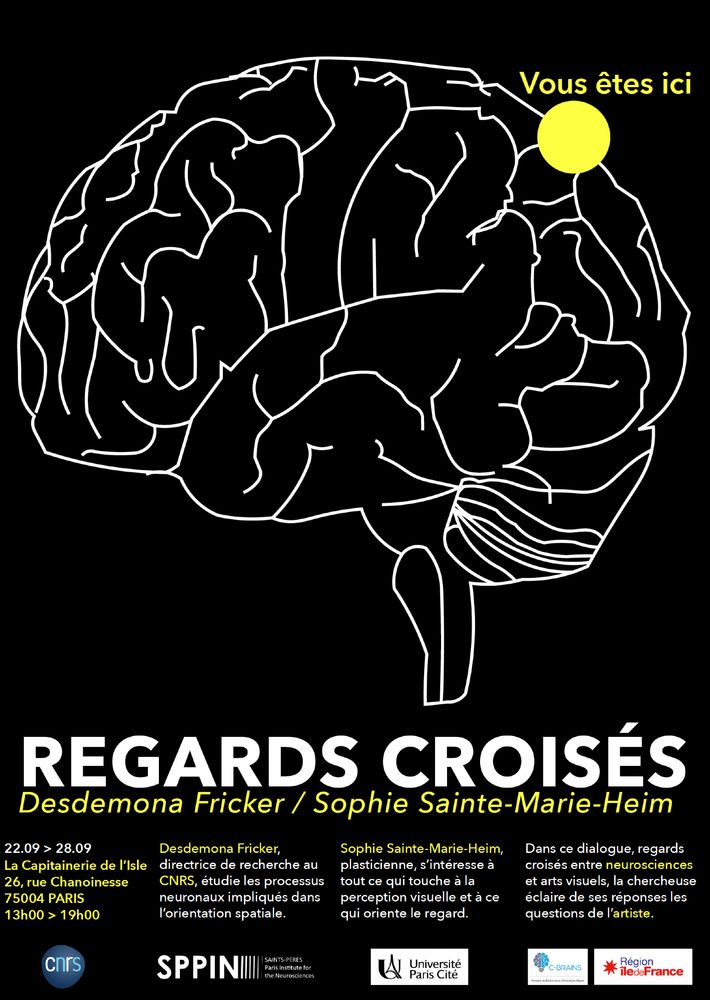
🎨🔬 Quand l’art rencontre la science !
Le SPPIN est heureux de vous annoncer l'Expo #SciArt “Regards Croisés” avec l’artiste Sophie Sainte-Marie-Heim et notre collègue @desdemonafricker.bsky.social
🗓 22–28 sept. 2025
📍 Capitainerie de l’Isle, 26 rue Chanoinesse, Paris 4e
Venez nombreux !
🚨PhD student position in #cognitive_psychology and #neuroscience, on a project directed by André Knops and in collaboration with the Dugué Lab!
@upcite.bsky.social | @cnrs.fr
Funded by the @agencerecherche.bsky.social (Agence nationale de la recherche)
www.linkedin.com/jobs/view/42...
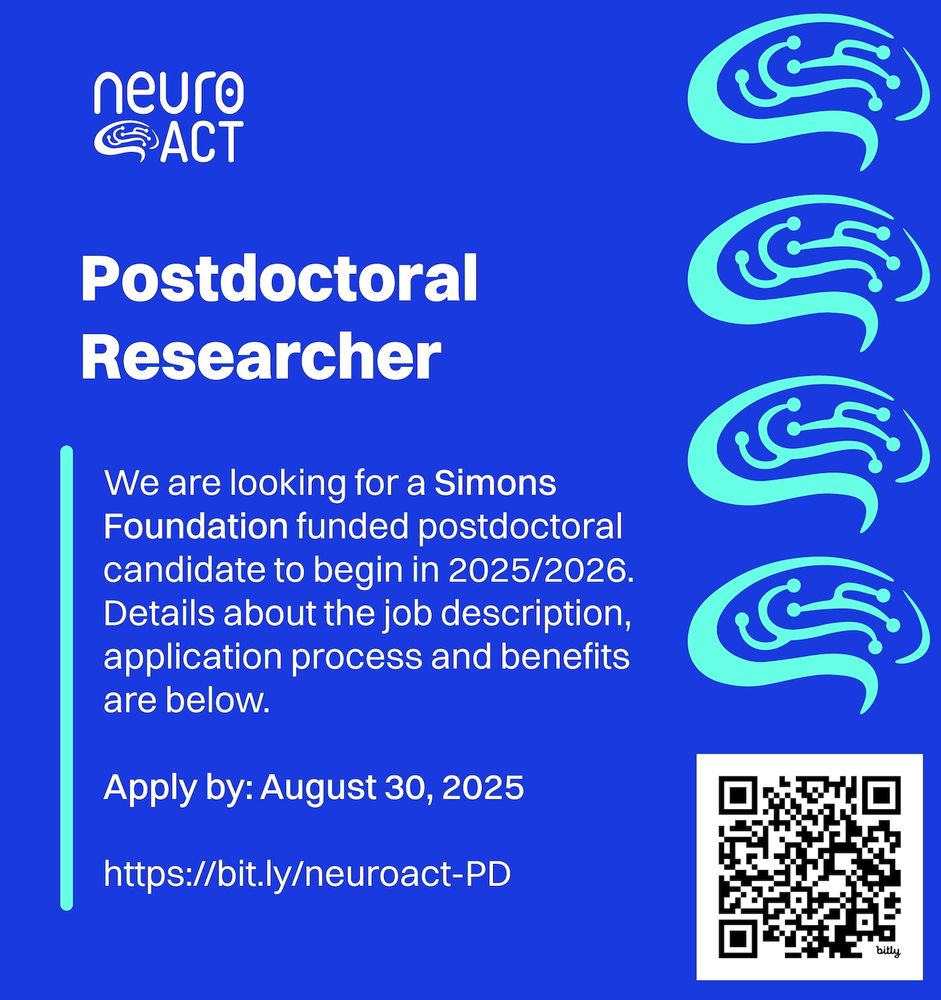
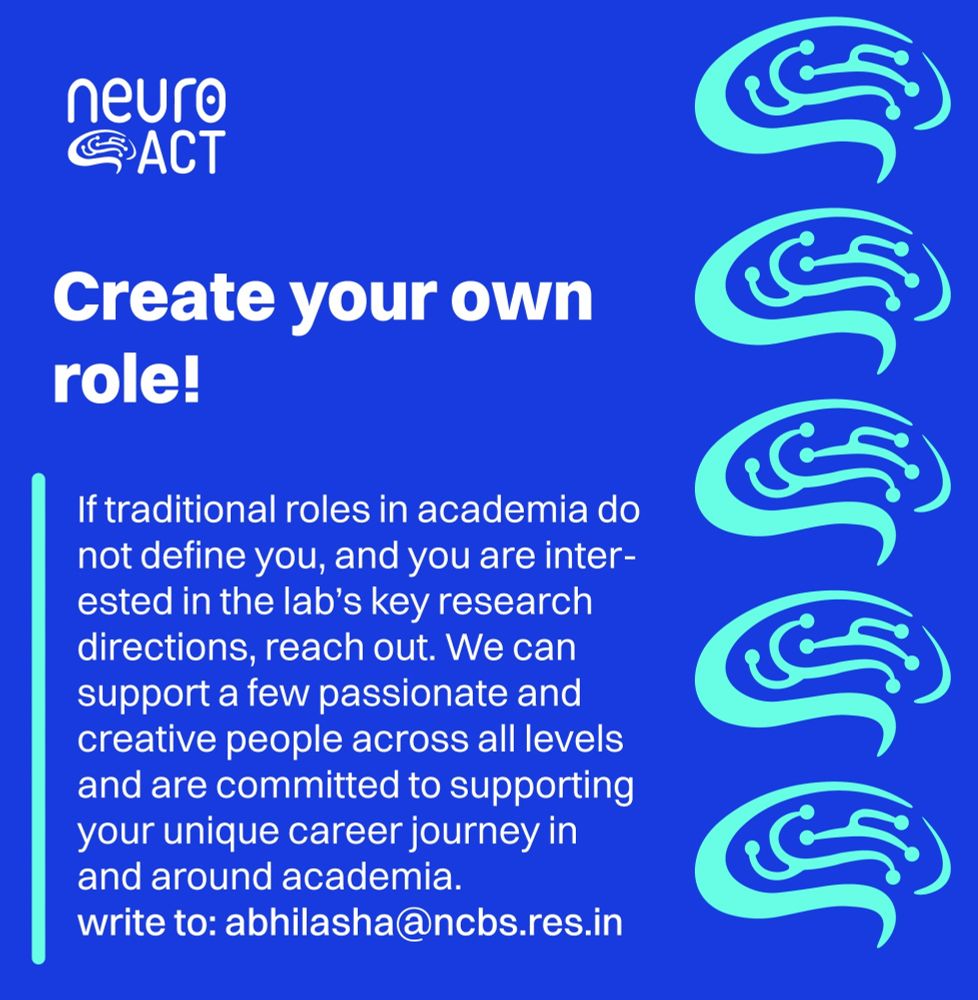
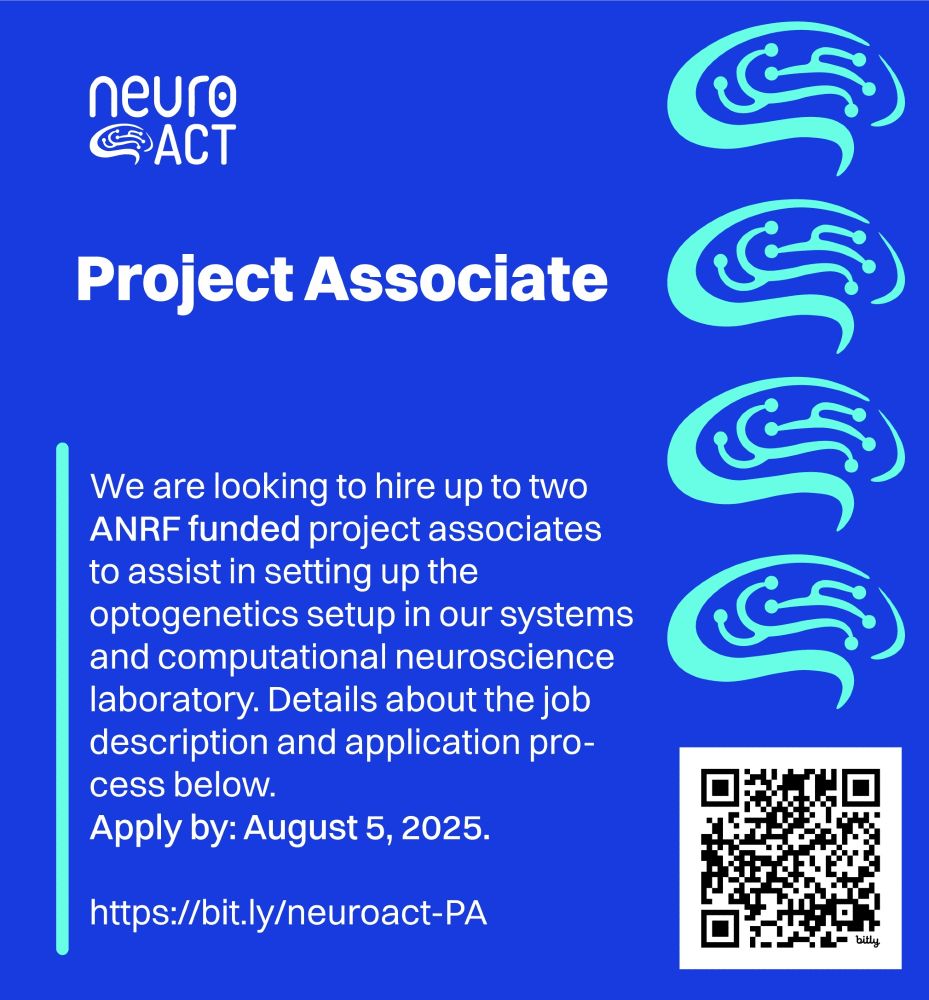
📣 We are expanding! Repost 🙏🏽
- Postdoc (funded by @simonsfoundation.org grant on synchronisation between cognitive representations and stepping)
- Project Associates
- Create your role! (Reach out if you are keen on these topics and these roles do not define you 👀🤗)
www.neuroact.in

Remote activation of place codes by gaze in a highly visual animal www.nature.com/articles/s41... - very cool study with chickadees!
24.07.2025 10:57 — 👍 34 🔁 8 💬 0 📌 0Thanks to Michael Graupner and the fabulous Orientation and Coordination team 🤩 for sharing the excitement 🥳 and for sharing the Science 🧠
24.07.2025 09:33 — 👍 2 🔁 0 💬 0 📌 0Voir Montrer Regarder 👀
Observer Mesurer Vérifier #SciArt
If you are in Paris in September check out our exhibit “Regards Croisés”: Come for the Art, stay for the Science ! This scientific outreach event is supported by @c-brains.bsky.social, @sppin-cnrs.bsky.social and the Capitainerie de l’Isle.

1/3) This may be a very important paper, it suggests that there are no prediction error encoding neurons in sensory areas of cortex:
www.biorxiv.org/content/10.1...
I personally am a big fan of the idea that cortical regions (allo and neo) are doing sequence prediction.
But...
🧠📈 🧪
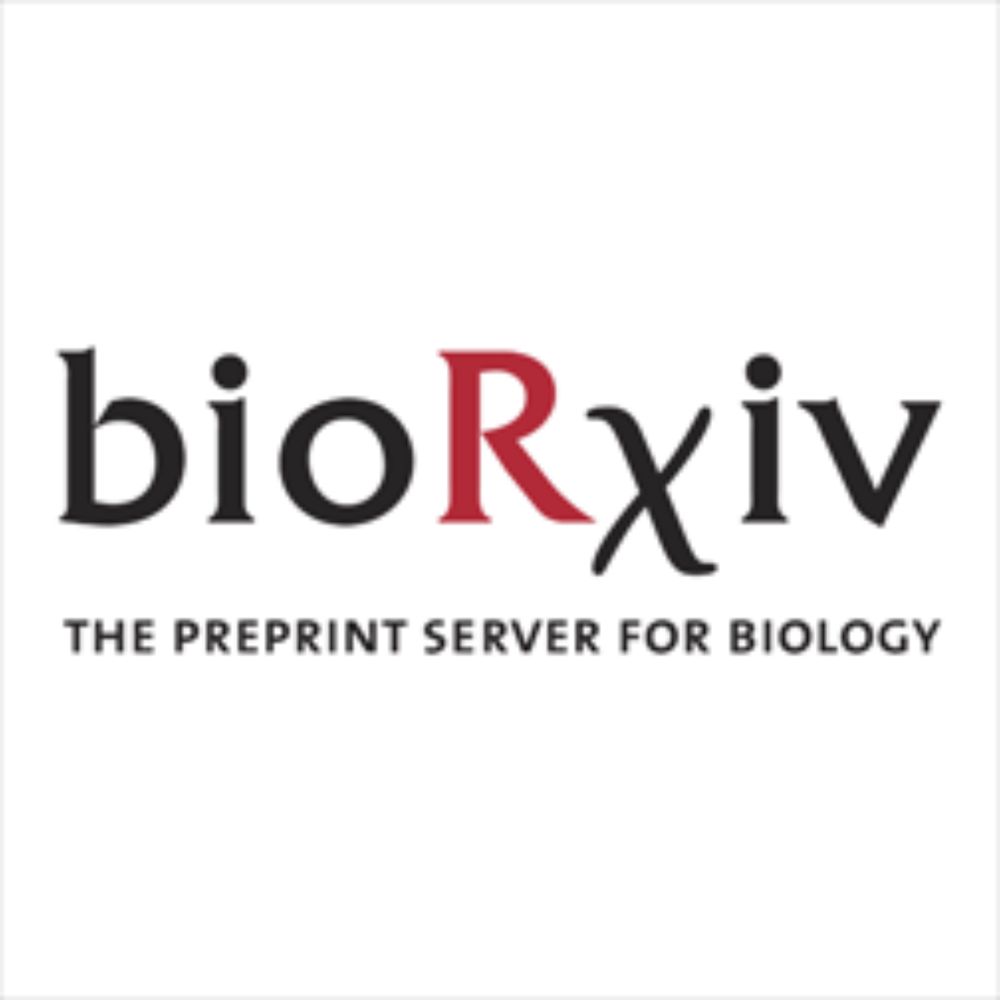
New work! Learning is assumed to involve synaptic plasticity, but which specific synapses change to enable higher order cognitive functions? We actually find that cognitive flexibility involves potentiation of long-range GABAergic synapses from prefrontal PV neurons: www.biorxiv.org/content/10.1...
30.06.2025 17:55 — 👍 54 🔁 17 💬 1 📌 0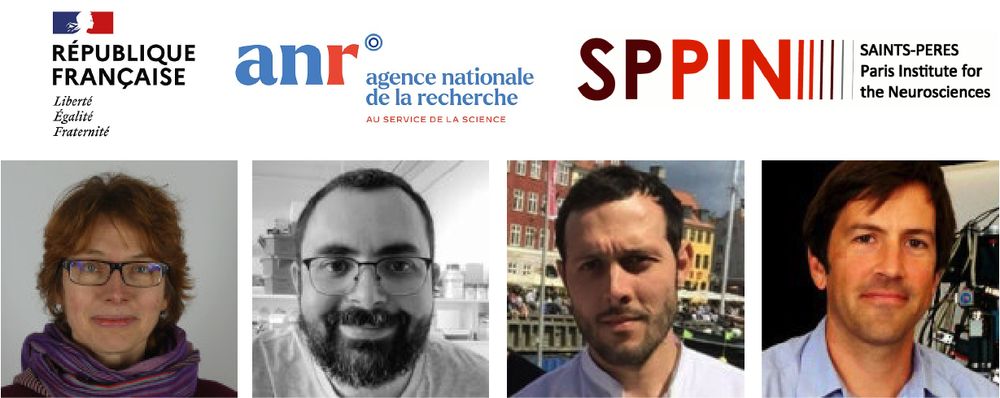
Great wave of @agencerecherche.bsky.social results for SPPIN ! Congrats to our researchers & their amazing partners!
@desdemonafricker.bsky.social : HDNavigGO
@npanayotis.bsky.social : ReGeNeRETT
G. Caron: MNIONALS (JCJC)
@brandonstell.bsky.social : AdaptingMovement
@cnrs.fr @upcite.bsky.social
Our study is out in Nature!
Using wireless Neuropixels we recorded hippocampal activity in freely flying bats and uncovered replay and theta(less) sweeps, revealing striking differences from classic rodent models.
👉 www.nature.com/articles/s41...
Our new paper out now in Science explores how neural activity in the lateral entorhinal cortex (LEC) *drifts* over time - and *jumps* at key boundaries - to help organize events in memory.
🔗 www.science.org/doi/10.1126/...
Here's a quick summary of what we found 🧵👇
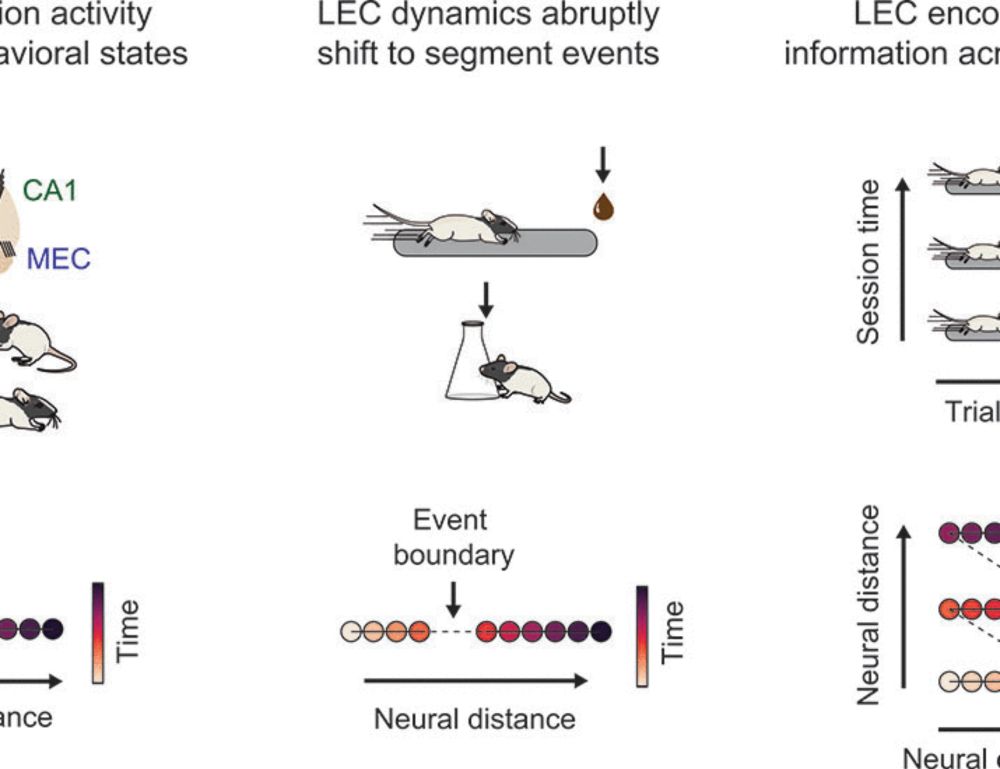
Your brain doesn’t just passively track time ⏳ - it structures it.
In @Science.org we show that activity in 🧠 memory circuits (LEC) drifts constantly, but makes sharp jumps at key moments, segmenting life into meaningful events. (1/2)
👉 www.science.org/doi/10.1126/...